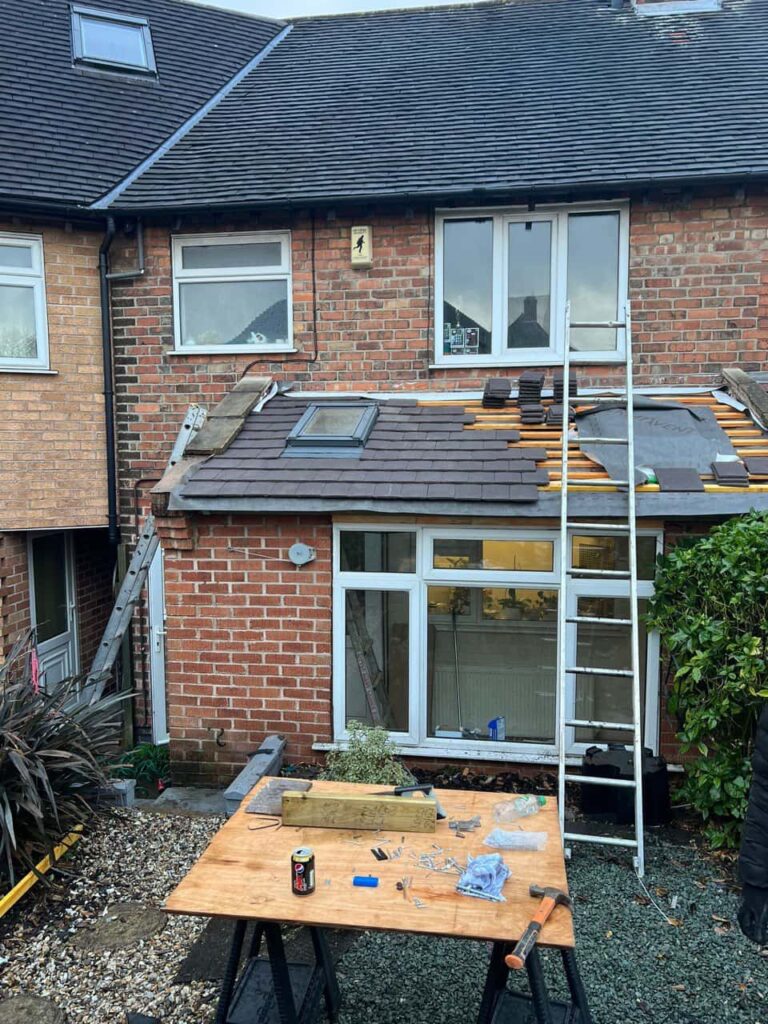Introduction: Regular roof inspections are vital to ensure your home’s or commercial building’s longevity and safety. In recent years, DIY roof inspection apps have gained popularity, offering property owners a convenient way to assess the condition of their roofs. While these apps can provide valuable insights, it’s essential to understand their pros and cons before relying solely on them. In this blog post, brought to you by Heanor Roofing Repairs, we will explore the advantages and limitations of DIY roof inspection apps.
The Importance of Roof Inspections
Before diving into the pros and cons of DIY roof inspection apps, let’s briefly emphasise why roof inspections are crucial:
- Early Detection: Regular inspections can identify minor roofing issues before they escalate into costly and extensive problems.
- Safety: A well-maintained roof is essential for the safety of occupants and protection against weather-related damage.
- Preventative Maintenance: Inspections allow for proactive maintenance, extending the lifespan of your roofing system and maximising your investment.
Pros of DIY Roof Inspection Apps
- Convenience:
- DIY roof inspection apps are user-friendly and convenient, allowing property owners to conduct inspections at their own pace and on their schedule.
- Cost Savings:
- These apps are often more affordable than hiring a professional roofing inspector, making them an attractive option for budget-conscious property owners.
- Visual Documentation:
- DIY apps typically include features for capturing and storing photos, which can be useful for documenting the condition of your roof over time.
- Access to Information:
- Many DIY apps provide valuable information about roofing materials, maintenance tips, and potential issues, empowering property owners with knowledge.
Cons of DIY Roof Inspection Apps
- Limited Expertise:
- DIY apps lack the expertise of trained roofing professionals. They may not identify subtle or less visible issues that a trained eye can spot.
- Inaccurate Assessments:
- Roofing apps rely on user input and visual assessments, which can be subjective and may lead to inaccurate conclusions about the roof’s condition.
- Risk of Missed Issues:
- DIY apps may not detect underlying issues requiring more in-depth inspection, such as hidden leaks or structural damage.
- No Substitute for Professional Inspection:
- While DIY apps can be useful, they should not replace professional roof inspections. Trained inspectors can provide a comprehensive evaluation and recommend necessary repairs.
- Safety Concerns:
- Climbing onto the roof to use a DIY app can pose safety risks, especially for those without experience working at heights.
Conclusion: DIY roof inspection apps offer convenience and cost savings for property owners looking to assess their roof’s condition. However, it’s important to recognise their limitations and use them as a supplementary tool rather than a replacement for professional inspections. Trained roofing professionals have the expertise to identify subtle issues and provide accurate assessments, ensuring the longevity and safety of your roofing system.
Call us on: 01773 300 896
Click here to find out more about Heanor Roofing Repairs
Click here to complete our contact form and see how we can help with your roofing needs.

